Vibe Coding: The Future of Programming
Vibe Coding is here—just tell AI what you want, and it builds it. No syntax, no struggle—just pure creation
What’s the Deal?
Imagine walking into a restaurant where you don’t even need to look at the menu. No overthinking, no second-guessing. You just say, “Make me something light but filling. Maybe with seafood.” And the chef just gets it. He whips up a dish that’s exactly what you had in mind—without you needing to spell out every single ingredient.
Now take that same idea and apply it to coding.
That’s Vibe Coding in a nutshell. You don’t write lines of code painstakingly, one bug at a time. You just tell the AI what you want, and it does it.
- “Decrease the padding.” Done.
- “Fix that annoying layout bug.” Fixed.
- “Add a button to switch themes.” There it is.
⠀It’s not magic. It’s not the future. Vibe coding is happening right now.
From Code to Intent
Andrej Karpathy describes this shift as a spectrum of possibilities.
On one end, there’s the way we coded just a few years ago—where every step was a struggle, every bug was a battle, and every new feature meant diving into Stack Overflow for an hour (or three). On the other end? Something much closer to magic. A place where you describe what you want rather than worrying about syntax, loops, or debugging obscure errors.
And the crazy part?
It already works.
The Proof Is in the Pudding
To prove the point, Karpathy sat down for an hour—just one hour—and built an app that lets you read “The Wealth of Nations” by Adam Smith and ask questions about any paragraph. Just because he could. And if that wasn’t enough, he spent another hour building a fully functional game of Battleship, but with a twist—two AIs playing against each other. Not to launch a startup. Not to make money. Just to see what would happen. Because when development moves this fast, why wouldn’t you experiment?
Why This Actually Matters
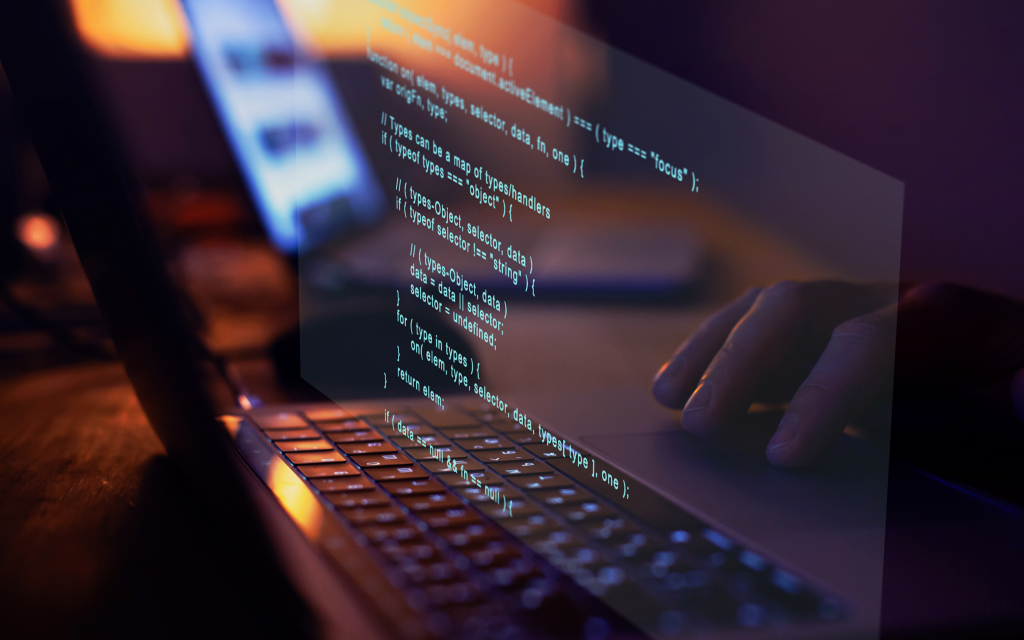
This isn’t just about writing code faster. It’s about the way we think about building things. We’re moving from “How do I make this work?” to “What do I want to create?” That’s a huge shift. It’s like the difference between assembling IKEA furniture by following a 50-step manual… versus just saying, “Make me a cozy bookshelf that fits in this corner.” And suddenly, it appears. This changes everything—not just how we code, but who can code in the first place.
Education Is Changing Too
But here’s where it gets even more interesting. It’s not just about letting AI do the work—it’s about understanding how to communicate with AI.
Karpathy isn’t just building cool projects. He’s sharing the process, too—dropping a two-hour lecture explaining how the GPT tokenizer works, open-sourcing code, and making it easier for others to learn. (If you’re curious, check it out here: ~minbpe on GitHub~). Because the future isn’t just about using AI. It’s about knowing how to talk to it—how to collaborate with it.
So… What’s Next?
We’re on the edge of something much bigger than just a faster way to write code. This is about a new way to create—where the line between “I’m coding” and “I’m just describing what I want” is disappearing. Some people worry that AI will replace programmers. Karpathy is showing a different reality—where AI doesn’t replace developers but supercharges them.The future isn’t about humans vs. AI. It’s about humans working with AI—at a level we’ve never seen before.
Final Thought
Maybe the future of programming isn’t about writing perfect code anymore. Maybe it’s about perfectly explaining what you want. And as AI keeps evolving, we have two choices: learn to speak its language—or get left behind.
Either way, one thing’s for sure: Vibe Coding is here. And it’s only getting started.
Related Articles

Dec 09, 2025
Read more
Everyone Is Training a ‘Proxy Model’: The 2026 Tech Trend Nobody Is Talking About
Discover why AI proxy models are set to reshape tech in 2026 and how companies are quietly racing to use them.
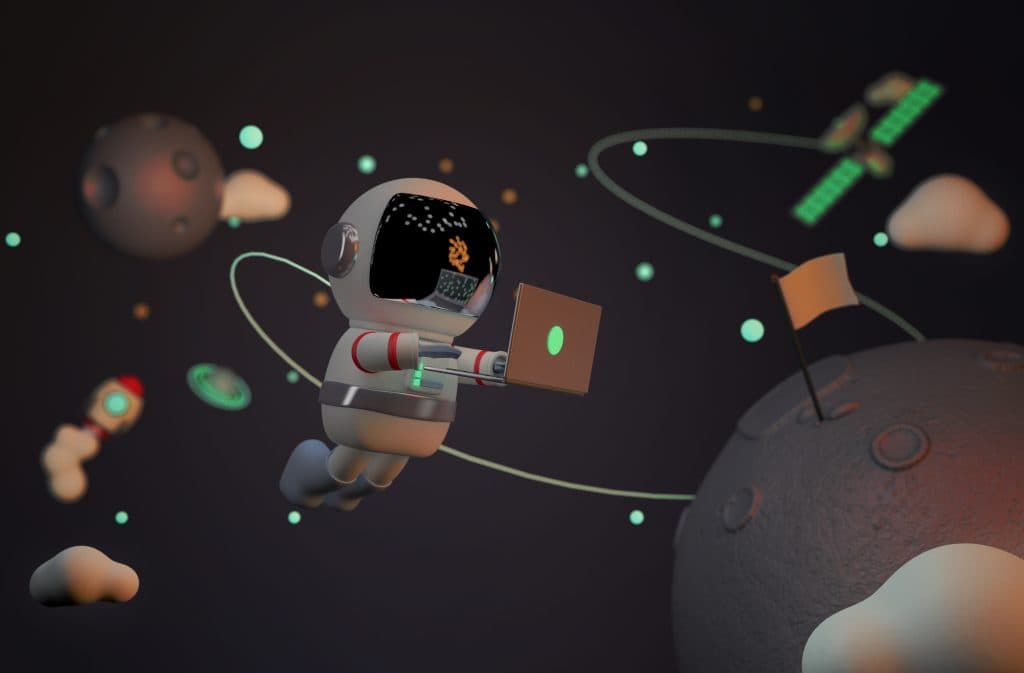
Dec 02, 2025
Read more
How Bot-to-Bot Commerce Is Quietly Changing Retail
Bot-to-bot commerce is changing retail, letting software negotiate deals and optimize pricing across digital marketplaces.
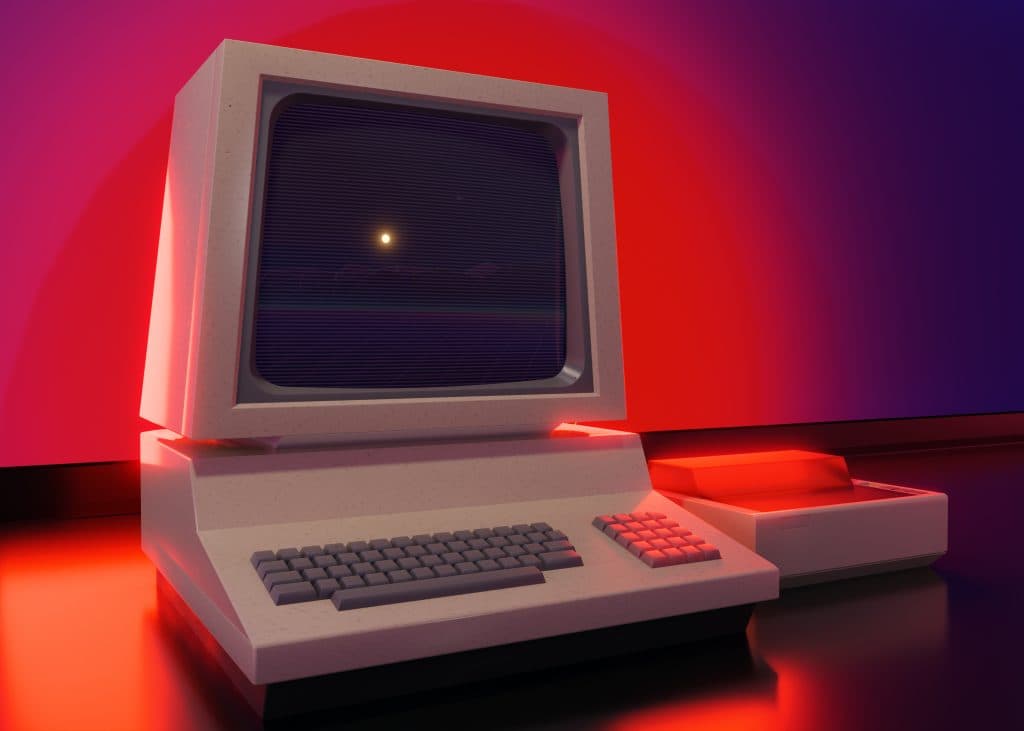
Nov 25, 2025
Read more
Why Aging Tech Puts Everyone at Risk
Aging infrastructure risk leaves networks exposed. Learn how to secure legacy systems and prevent threats.
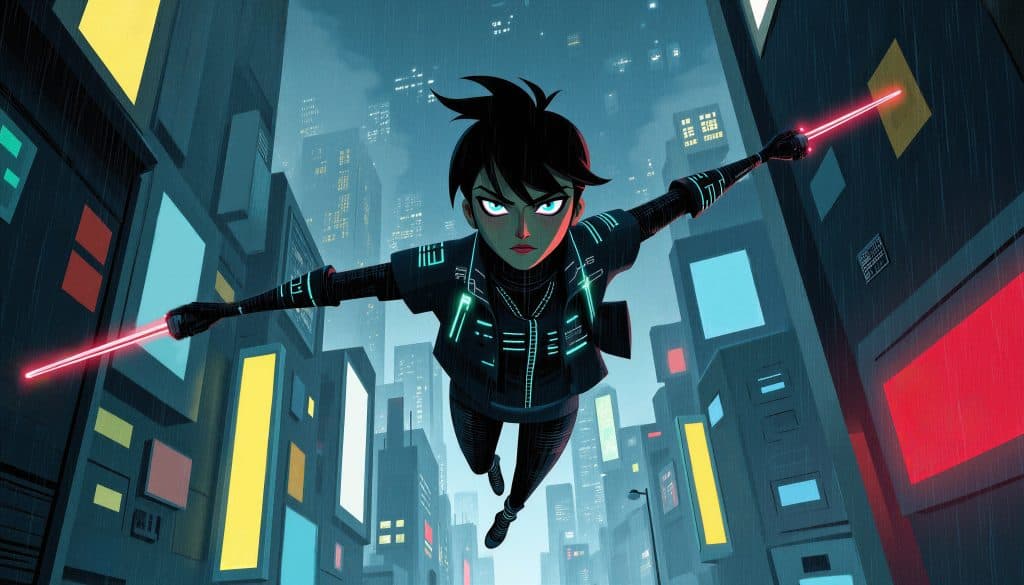
Nov 18, 2025
Read more
The Future of Gaming: How AI and Technology Are Changing Play
Explore the future of gaming, from AI-driven worlds to VR and cloud tech, and see how players and developers will thrive in the next decade.

Nov 11, 2025
Read more
Navigating the AI Boom How Developers Can Thrive Amid the Hype
The AI boom is reshaping tech. Discover how developers can seize opportunities and stay ahead of the hype.
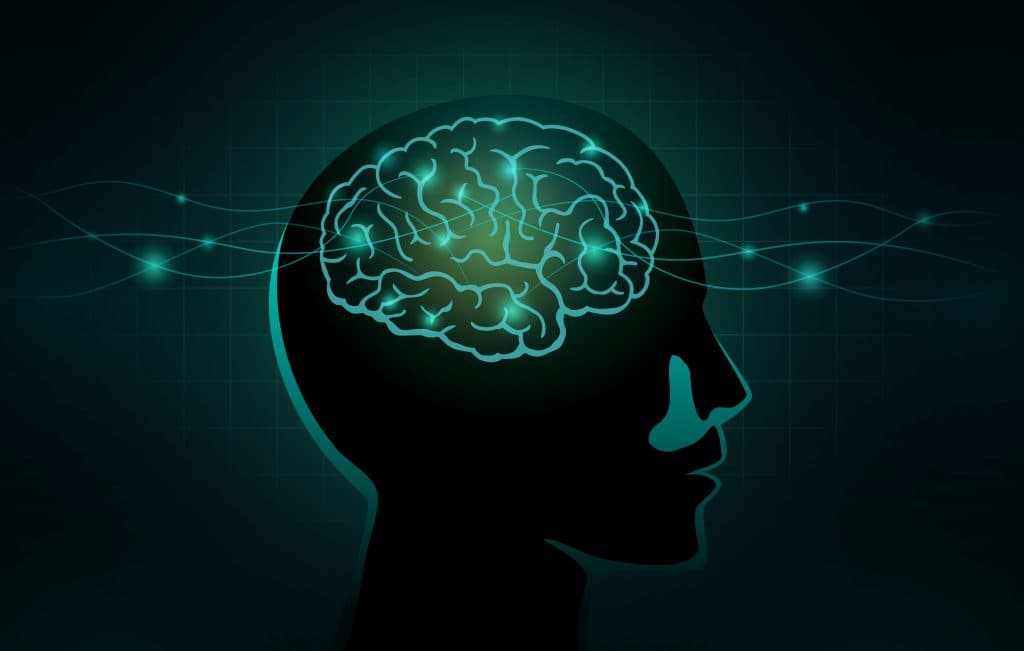
Oct 28, 2025
Read more
How AI Is Quietly Rewiring the Human Brain
AI and the human brain may be changing. Studies show frequent AI use can reshape how people think and remember.
